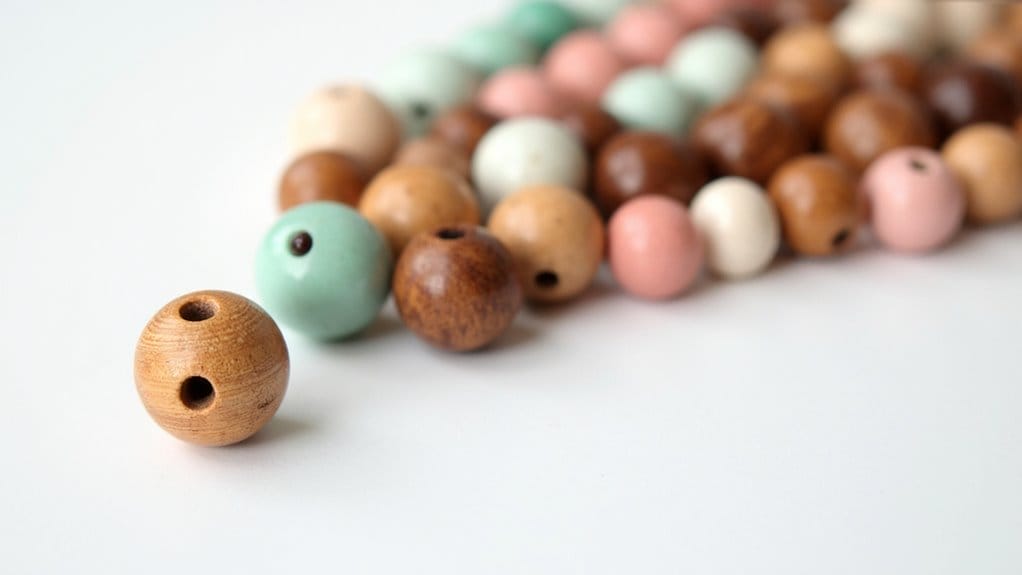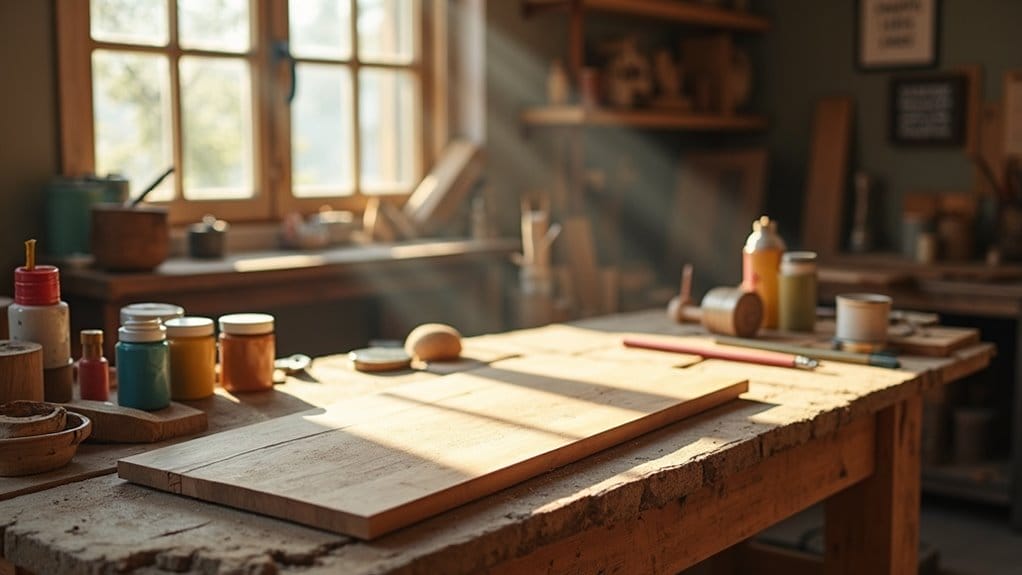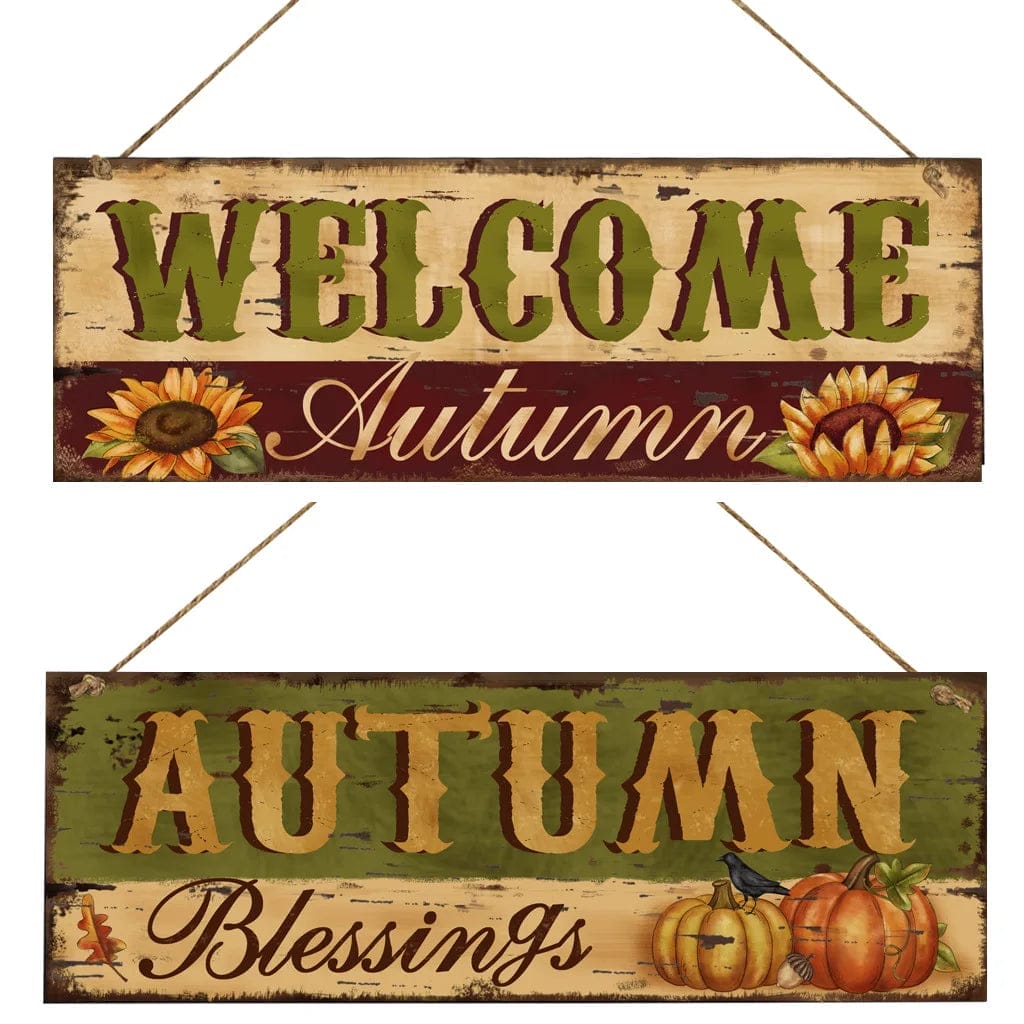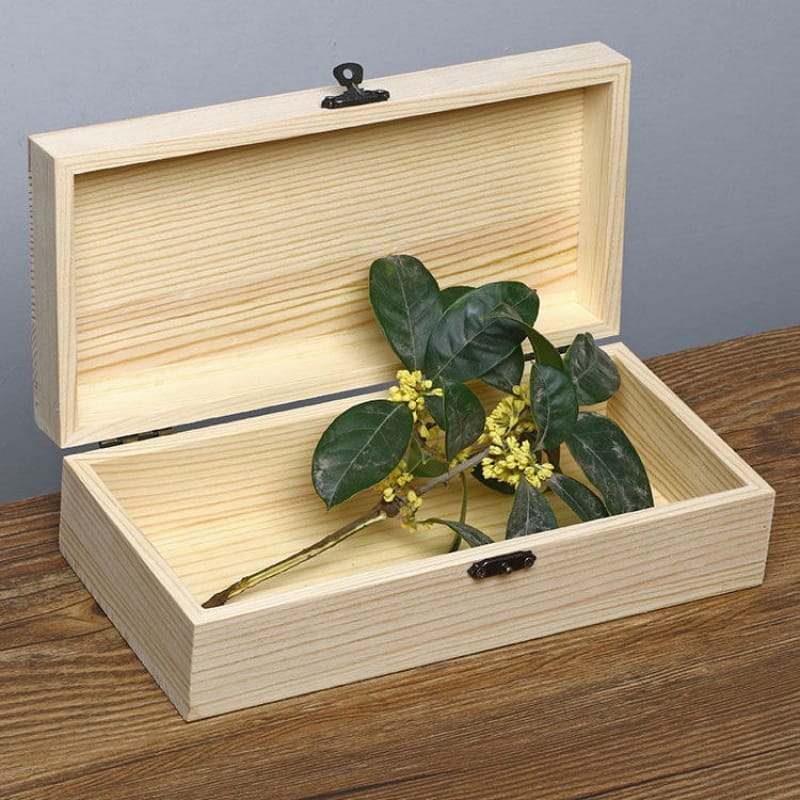Are popsicle sticks made of balsa wood? Balsa wood might seem like a logical choice due to its lightweight nature. But it’s not what you’ll find in your frozen treats.
There’s a fascinating reason why manufacturers specifically avoid this material. The truth behind popsicle stick production reveals an impressive blend of safety, sustainability, and engineering considerations. This blog provides useful information about popsicle stick materials. Let’s get started!
Key Takeaways
- Popsicle sticks are primarily made from birch wood, not balsa wood. This is due to birch’s superior durability and food-safe properties.
- Balsa wood is unsuitable for popsicle sticks because it’s too weak, porous, and prone to splintering when exposed to moisture.
- Commercial popsicle stick manufacturing relies on birch wood for its smooth texture, natural tastelessness, and ability to withstand freezing temperatures.
- Bamboo serves as an alternative material for popsicle sticks. But birch remains the dominant choice in the industry.
- Balsa wood lacks the necessary food safety qualities for popsicle sticks. It could potentially affect the flavor of frozen treats.
Are Popsicle Sticks Made of Balsa Wood? Why Not?

Balsa wood‘s lightweight nature might seem appealing. But it’s too weak and porous for popsicle stick production.
You won’t get the same food-safe qualities from balsa wood as you do from birch.
Properties of Balsa Wood
The limitations of balsa wood make it an unsuitable choice for popsicle stick production.
Balsa wood’s properties include a markedly lower density (160-210 kg/m³) than birchwood, which compromises its structural integrity.
Its soft texture is prone to splintering, creating safety concerns for food applications.
The wood’s open, porous grain structure doesn’t distribute tension well. This makes it more likely to break under stress.
When exposed to moisture, balsa wood’s absorbent nature further weakens its structure.
Unlike birchwood’s neutral taste, balsa can affect food flavors.
These characteristics explain why you won’t find balsa wood in popsicle stick manufacturing.
Suitability for Food Contact
Safety concerns render balsa wood unsuitable for food contact applications.
Balsa’s porous structure can trap bacteria and food particles, creating potential health risks. The wood’s rough texture might also leave splinters in your food.
Unlike food-safe alternatives, balsa wood quickly absorbs moisture and flavors. This can impact the taste of your popsicle. You wouldn’t want your frozen treat compromised by the wood’s natural properties.
Additionally, balsa lacks the necessary food safety certifications for popsicle sticks. Its tendency to break when wet further highlights why it’s not used in food contact items.
Common Materials Used for Popsicle Sticks

There is a variety of wood types used for popsicle sticks, but birch remains dominant. This is due to its food-safe properties, smooth texture, and excellent durability.
Bamboo has emerged as an alternative material. It offers similar benefits while providing enhanced sustainability and renewable sourcing options.
Other hardwoods can serve as suitable materials for popsicle sticks. But they’re less common due to cost considerations and varying degrees of splinter resistance.
Birch Wood
A mainstay in popsicle production, birchwood stands as the primary material for crafting popsicle sticks. This is due to its exceptional food-grade properties. Its durability and resistance to bending make birchwood an ideal choice for frozen treats. Additionally, this wood is sourced sustainably, ensuring that the production of popsicle stick wood materials has a minimal environmental impact. As a bonus, its smooth surface provides a comfortable grip, enhancing the overall user experience when enjoying a popsicle.
Birch wood offers unmatched advantages for frozen treats. Its smooth texture prevents splinters while handling your popsicle. If the stick breaks, it does so cleanly. The wood’s durability guarantees it won’t snap during normal use.
Since birch is naturally tasteless, you won’t experience any unwanted flavors in your frozen dessert. As an added benefit, you’re making an eco-friendly choice. These popsicle sticks naturally decompose, unlike their plastic counterparts.
Bamboo
Bamboo represents an emerging alternative in popsicle stick manufacturing. It offers unique environmental benefits alongside practical advantages. Bamboo popsicle sticks provide a sustainable material choice for eco-conscious consumers and manufacturers.
Though bamboo isn’t the industry standard, it’s gaining attention as a viable option due to its renewable nature. When you compare it to birchwood, you’ll notice that bamboo brings its own set of characteristics to popsicle stick production.
Other Hardwoods
Several hardwood alternatives exist for making popsicle sticks. But they’re less prevalent than traditional birchwood.
Various hardwoods, such as maple or oak, aren’t typically chosen due to their characteristics.
Balsa wood isn’t used for popsicle sticks despite being a hardwood. Because it’s too soft and weak for structural integrity.
When manufacturers select materials, they prioritize durability, food safety, and splinter resistance. These qualities make birchwood the superior choice.
Our Manufacturing Process of Popsicle Sticks

The manufacturing of popsicle sticks begins with carefully sourced birchwood that’s dried and prepared to meet strict food-grade requirements.
We then cut and shape the wood into uniform sizes before using specialized equipment to sand each stick until it’s perfectly smooth and splinter-free.
The final steps involve sterilizing the sticks to eliminate any contaminants and packaging them in sealed containers.
Sourcing and Preparing Wood
The sourcing process starts with carefully selected birch trees that meet strict quality standards. Birchwood’s superior durability compared to alternatives like balsa wood makes it ideal for food applications.
Once harvested, the wood undergoes extensive preparation, including cutting and drying phases.
Each step is closely monitored to guarantee the material meets food safety requirements. The process includes rigorous testing and certification procedures to verify that the prepared wood is splinter-free and safe for consumer use.
Shaping and Smoothing
Our manufacturing of popsicle sticks requires three essential shaping and smoothing steps.
First, after the birch wood is cut into evenly sized strips, each wooden piece undergoes a meticulous smoothing process. This eliminates any rough edges or potential splinters that could harm consumers.
Next, the sturdy strips are boiled or steamed. This makes them more pliable and easier to shape into the familiar popsicle stick form. It guarantees consistent dimensions and proper flexibility.
Finally, each stick is thoroughly dried and inspected to meet quality standards before being packaged for distribution. The result is a smooth, safe stick perfect for frozen treats.
Sterilization and Packaging
Safe consumption of popsicle sticks requires two critical final steps: thorough sterilization and secure packaging. We’ll undergo rigorous sterilization to eliminate contaminants and guarantee food safety compliance.
| Process Step | Quality Check |
|---|---|
| Sterilization | Bacteria Testing |
| Safety Check | Food Standards |
| Packaging | Seal Integrity |
| Distribution | Bulk Quantity |
Before reaching store shelves, each batch faces strict quality control measures. The sterilized sticks move through automated packaging systems that maintain their hygienic state.
These packages are marked with certifications confirming they’ve met all safety requirements. We follow ecological guidelines while preparing these birchwood products for market distribution.
Environmental Considerations of Birchwood Popsicle Sticks

Birchwood stands out as an environmentally conscious choice for popsicle stick production. It offers significant sustainability advantages over synthetic alternatives like plastic.
When you choose birchwood popsicle sticks, you’re supporting sustainable forest management practices. You help maintain healthy ecosystems and reduce carbon footprints. These biodegradable sticks won’t contribute to long-term waste, unlike their plastic counterparts.
As a renewable resource, birchwood’s fine grain structure guarantees efficient production with minimal waste. Meanwhile, its natural durability means you’ll need fewer sticks for your projects.
This combination of sustainability and practicality makes birchwood an ideal material choice.
Could Balsa Wood Popsicle Sticks Have Unique Uses?

Balsa wood alternatives offer unique possibilities for specialized project ideas and educational applications. You can create different patterns on popsicle sticks for craft projects.
Balsa wood popsicle sticks are particularly useful in craft projects where weight matters. Their lightweight nature and soft texture make them perfect for building model airplanes or architectural prototypes. Sometimes, sticks are decorated with colored paper for added effect.
You can easily cut, shape, and manipulate these sticks for intricate designs that would be challenging with standard birchwood versions.
In educational settings, balsa wood’s properties enable students to experiment with structural designs without excess weight. The material’s excellent strength-to-weight ratio makes it ideal for hands-on learning in aerodynamics and engineering projects.
If you’re interested in cutting popsicle sticks with a sharp wire, it helps create various shapes. Here’s an easy cutting guide:
- Remember to cut at the right angle to ensure precision and avoid breaking the stick.
- Place the stick on a box or stable surface for support during cutting.
- Mark a straight line on the stick before cutting to guide your tool. Or use a pin to make small guide marks on the wood.
- A square can help ensure your lines are perfectly perpendicular.
- Use a pin to make small guide marks on the wood.
Final Words
Popsicle sticks aren’t made from balsa wood. Because it’s too weak and porous for food-grade applications. Instead, birch wood is the go-to material, offering superior strength and food safety.
Balsa’s lightweight properties make it ideal for crafts and modeling. But it wouldn’t withstand the demands of frozen treats. Stick with birch! It’s the tried-and-true choice for popsicle manufacturers worldwide.
We provide a diverse selection of wooden popsicle sticks, available for bulk purchase and custom orders. Feel free to contact us for more details.
FAQs
What Type of Wood Are Popsicle Sticks Made From?
Popsicle sticks are typically made from birchwood, not balsa. It’s chosen for its durability, smooth texture, and food-safe properties. Plus, it won’t affect your treat’s taste or splinter easily.
What Wood Is Used to Make Lollipop Sticks?
You’ll find that lollipop sticks are typically made from birchwood. It’s the preferred choice because it’s smooth, durable, and food-safe.
What Wood Pieces Are Used to Hold Ice Cream?
Birchwood is the primary material used for ice cream sticks. It’s chosen for its smooth texture, food-safe properties, and durability. Sometimes you’ll see plastic alternatives, but birchwood remains the standard choice.
Can You Make Popsicle Sticks Bendy?
Yes, you can make popsicle sticks bendy! Try soaking them in water for a few minutes or using steam to soften the wood fibers. Remember one thing: don’t overdo it, or they’ll break or deform permanently.







































